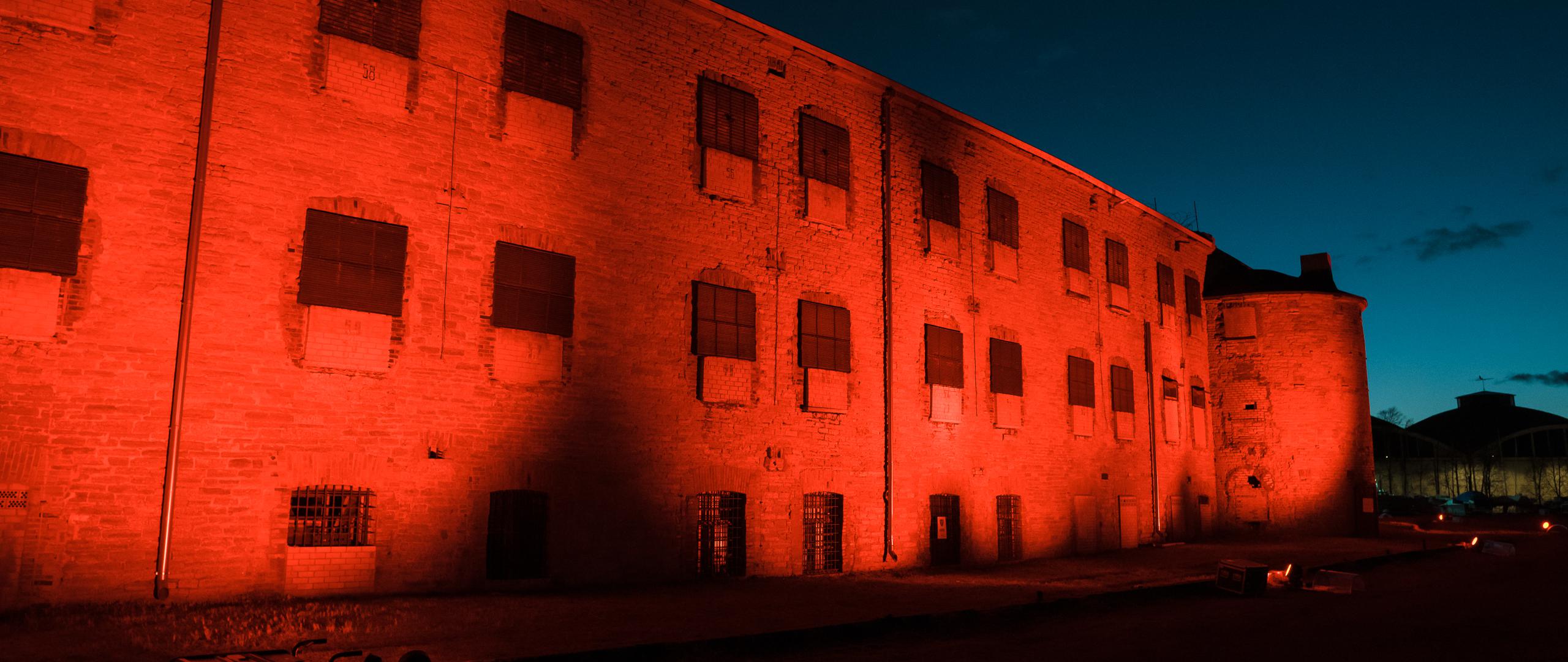Patarei as a symbol

Patarei has been more or less hidden from the public for its entire existence. Despite that, many people have heard of the place. The thick limestone walls have housed a prison for over 100 years – that is most of its nearly 200 years of history.
Prisons are controversial for Estonians due to Estonia’s tragic recent history. In a state governed by the rule of law, convicted criminals serve time in penitentiaries, which is a relief to the common citizen. However, during the periods of Soviet and German occupation (1940-1991), prison symbolised the suffering of thousands of innocent people. For many Estonians, Patarei has now evolved to a unique memorial that represents a place where loved ones or compatriots were repressed.
In addition to prison history, Patarei represents a defence structure that has preserved in its entirety, which is unique in the Baltic and Nordic countries. The fortress is also the largest Classical building complex in Estonia. Its main part has been registered as a cultural heritage site since 1997.
The name Patarei refers to its original use: it was first used as a cannon fort and artillery battery (batterie in French and German, batareya in Russian). The name is still used today.